The Color Green: Things you might not know
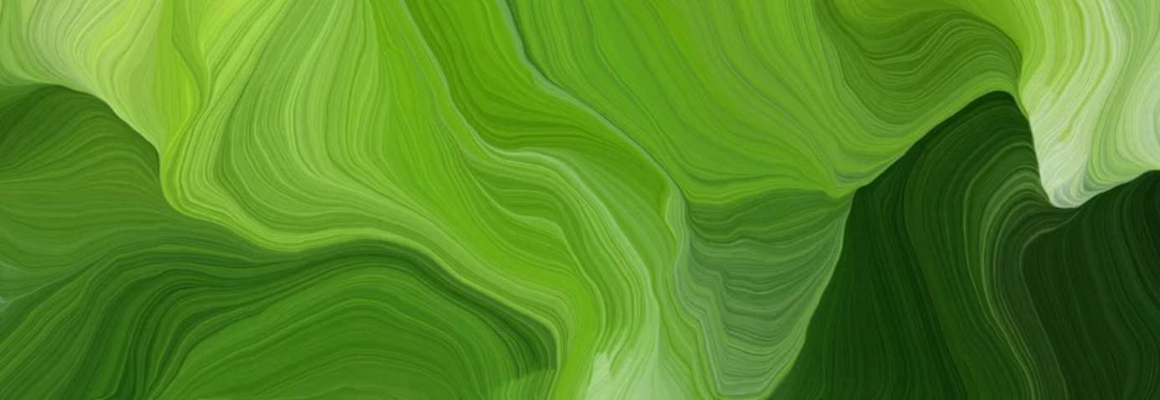
Abstract
If you look at green from the perspective of color psychology, it stands for nature & naturalness, harmony and it is a symbol of health and life. A green traffic light signals that it is safe to cross the road. Emergency exits are also often marked green and indicate an escape route. Where does the completely contradictory association of "poison green" come from?
Table of Contents
1. The Toxic Side of Green
Once upon a time green paint literally killed people: In 1805 the Austrian chemist Ignaz von Mitis mixed a green dye from various chemicals, which he called "Mitsis Green". In contrast to the other green dyes available at the time, this green was very intense, bright and did not fade in the light. As a result, the new paint sold very well and became known in Germany as "SCHWEINFURT GREEN" (also known as Paris Green or Emerald Green). This was because this color was produced industrially in the city of Schweinfurt for the first time in Germany. Schweinfurt green quickly became the color of art and fashion. Those who could afford it used the bright green as a wall paint, in clothing, and even painters such as Vincent van Gogh included it in their color palette with growing enthusiasm. [1], [2]
A few years later, however, it was unfortunately discovered that the green-printed wallpaper released highly toxic substances into the air and caused severe poisoning and that the green-colored fabric can lead to damages of the skin. In 1882, "Schweinfurt green" was banned as a dye in Germany. Only the name "poison green" for a bright, strong green has survived to this day...
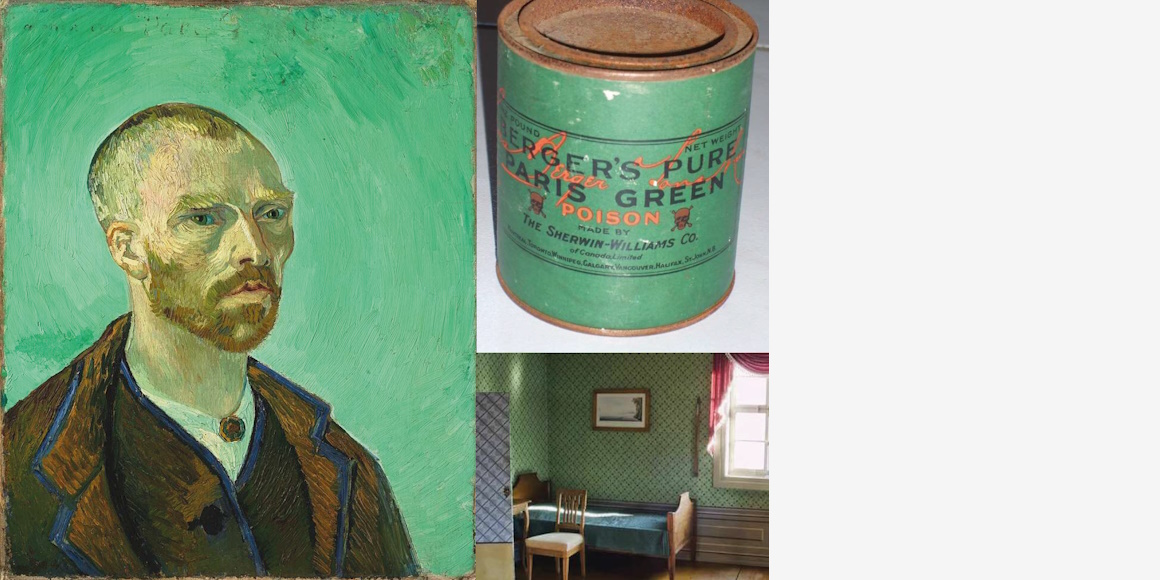
Figure 1: SCHWEINFURT GREEN
2. The Humorous Side of Green
Descriptive and appealing names are usually given to newly developed shades so that they sell as successfully as possible. In the past, the names of color shades were also intended to attract attention, but in a slightly different way.
GOOSE-TURD GREEN was a greenish-yellow dye popular in the 17t h century, documented in "Elizabethan Costumes from 1550-1580". The color PUKE, a shade of dark olive brown, comes from the same persiode and was mentioned by Shakespeare in “King Henry IV” (1598). The term “puke stocking” was used to describe the woolen stockings worn in those days. In contrast is “HUMOROUS GREEN” by Sherwin-Williams (SW 6918), a green paint color used for interior and exterior paint projects, still available on the market. However, the name is much more positive than the one’s from the past - even if it is rather unusual. [3]
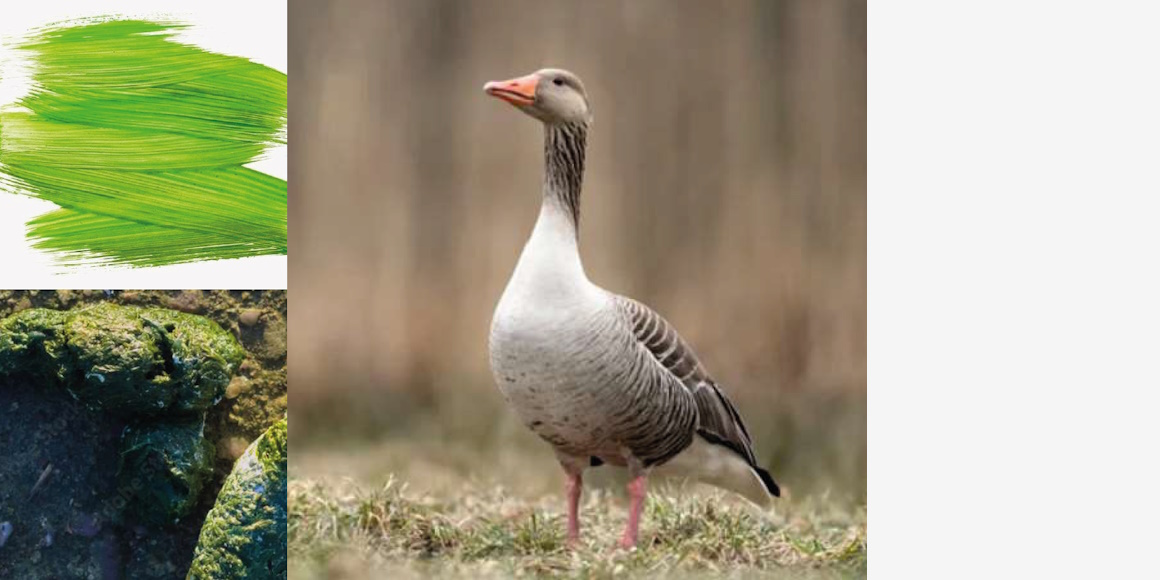
Figure 2: GOOSE-TURD GREEN
3. The Ugly Side of Green
Beauty is in the eye of the beholder and every shade of color has its very own charm. However, opinions differ on some sounds.
Pantone 448 C is the color that earned its title as the ugliest color in the world. Researchers in Australia wanted to find a color that repulsed most people to use it for packaging for cigarette carton, thus reducing the urge to purchase the cigarettes.
Over 1,000 participants who were regular smokers have chosen Pantone 448 C which was first referred to as “olive green”. However, the name was then changed to “drab dark brown” after concerns were expressed by the Australian Olive Association. Since 2016, the same color has also been used for plain cigarette packaging in many other countries. [4]
Although the color is supposed to have a deterrent effect on cigarette packs, it is also popular in other areas. For example, nail polish, clothing and various items of furniture are available in the controversial olive green color.

Figure 3: PANTONE 448 C
4. The Mysterious Side of Green
The Vulcans on "Star Trek" have green blood – apparently, they are not alone. The lizard species “Prasinohaema virens” is native to an island in New Guinea and really does have green blood, green bones and green tissue.
In many species, including humans, oxygen in the blood is transported by haemoglobin, which gives the blood its red color. Once the haemoglobin has done its job, it is transported to the liver where it is broken down into molecules such as bilirubin and biliverdin. Biliverdin is green and is visible, for example, in the green areas around a healing bruise. The high concentration of biliverdin in the lizards' blood gives it its unusual color.
The unsolved mystery is that biliverdin is highly toxic. With the high concentrations of biliverdin in their blood, the lizards should have severe jaundice or even be dead. So far, no other vertebrate is known to have green blood. [5]
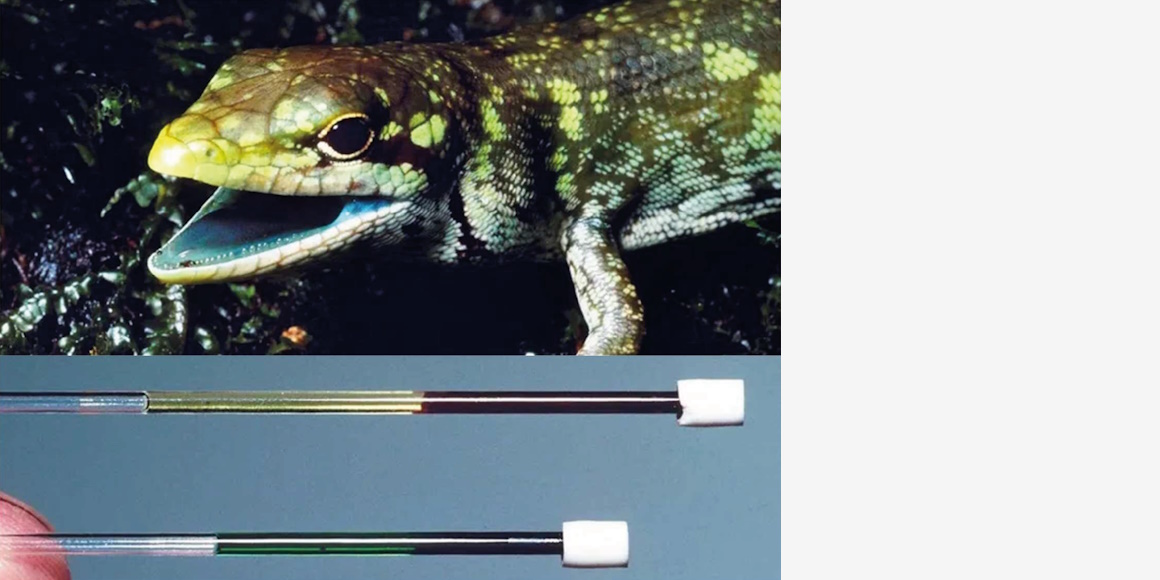
Figure 4: Picture from CHRISTOP HERAUSTIN, LOUISIANA STATE UNIVERSITY MUSEUM OF NATURAL HISTORY
5. The Lucky Side of Green
The history of the four-leaf clover goes back so far that its origins can no longer be reconstructed. Researchers estimate that only one in 1,000 clovers is a four-leaf clover. So, you have to be really lucky to find one. And it should only bring luck if you really do find it by chance - searching for it reduces your luck - and then give it away. Sewn secretly into clothes, it is said to protect travelers from misfortune.
By the way, the lucky clover in flower stores and supermarkets is not "real clover" at all. Oxalis tetraphylla translates as four-leaf clover and, as the name suggests, has four leaves. It also bears some resemblance to "our" clover in other respects, although it is wood sorrel from Mexico. [6], [7]
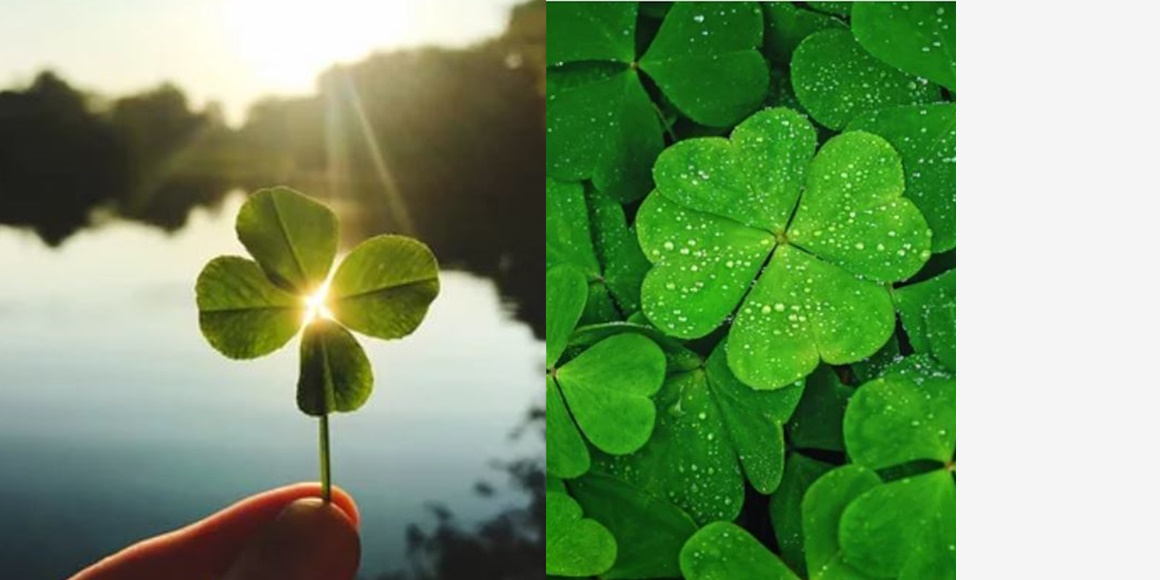
Figure 5: GREEN LUCKY CLOVER
6. Summary
Although people share the same physiological capacity for sight, colors are not perceived identically all over the world. In various languages and cultures, colors are often categorized according to very different criteria. [8]
A good example is the traffic light mentioned at the beginning:
Irish youths are responsible for the fact that a traffic light in Syracuse in the US state of New York is lit the wrong way round. In the 1920s, the hooligans were upset that the "British red" was displayed over the "Irish green". So they repeatedly broke the traffic lights with stones until it became too expensive for the city to keep repairing them. The result: A special traffic light that still lights up green at the top and red at the bottom. [9]
7. Literature and Standards
[1] https://kinder.wdr.de/tv/wissen-macht-ah/bibliothek/kuriosah/bibliothek-giftgruen-100.html
[2] https://de.wikipedia.org/wiki/Schweinfurter_Gr%C3%BCn
[3] https://artincontext.org/ugliest-colors-in-the-world/
[4] https://en.wikipedia.org/wiki/Pantone_448_C
[5] https://www.nationalgeographic.de/tiere/2018/05/warum-haben-diese-raetselhafteneidechsen-gruenes-blut
[6] https://www1.wdr.de/radio/wdr2/themen/frag-doch-mal-die-maus/glueck-klee-kleeblatt-100.html
[7] https://www.welt.de/wissenschaft/article1499653/Wahrlich-gruene-Gluecksbringer.html
[8] https://www.weltkulturenmuseum.de/en/publications/?publication=ghbg-en